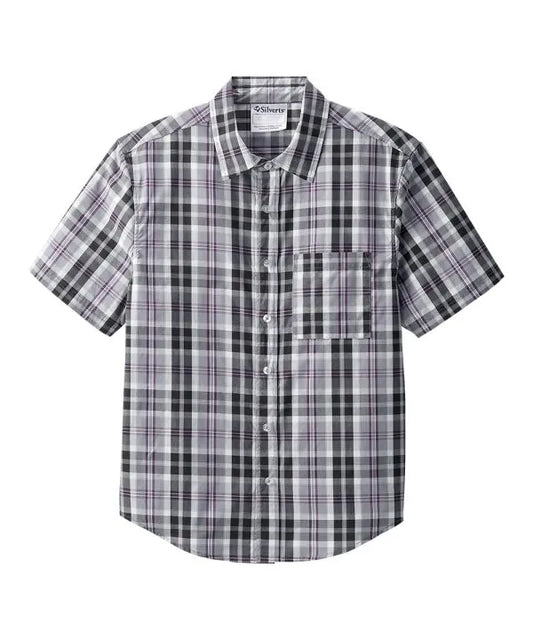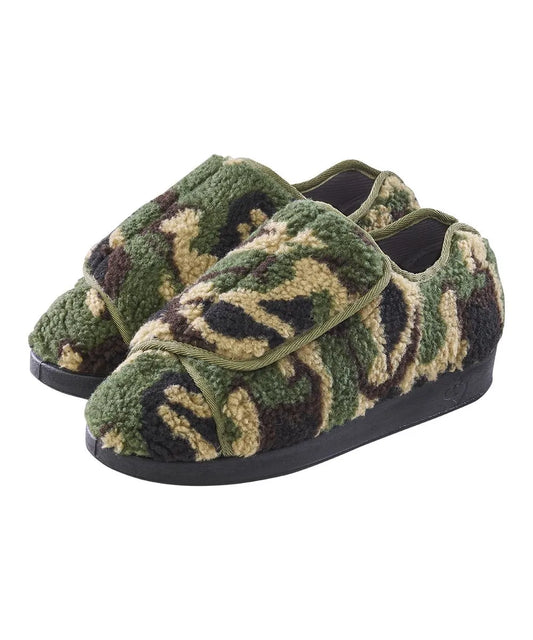Undergoing a hip replacement is a significant life event, one that can dramatically enhance your quality of life and mobility. However, the journey to full recovery is not without its challenges, and one seemingly simple task that can become surprisingly difficult is getting dressed. In this comprehensive guide, we'll explore the various aspects of dressing after your hip replacement, including clothing choices, adaptive options, and practical tips to make the process as smooth as possible.
The Importance of Safe Dressing Post Hip Replacement
Hip replacement surgery is often recommended to alleviate pain and restore mobility in individuals suffering from hip joint problems. While the surgery is highly effective, the recovery period demands careful attention to avoid complications and discomfort. Safe and efficient dressing plays a pivotal role in this phase of your recuperation. Here's why it matters:
-
Minimizing Strain: During the initial recovery period, it's essential to reduce strain on the newly replaced hip joint. Any sudden or excessive movements can lead to discomfort or complications.
-
Regaining Independence: The ability to dress independently is a significant milestone in your recovery journey. It can boost your confidence and overall well-being.
-
Adaptive Solutions: With advancements in medical technology and clothing design, there are adaptive solutions available that can significantly simplify the dressing process and enhance your overall comfort.
In this blog post, we'll break down the dressing process into simple steps, discuss the significance of clothing choices, and explore adaptive clothing options to assist you in making this daily task a breeze.
Dressing After Hip Replacement: The Basics
Before we dive into the step-by-step dressing guide, let's start with some basic considerations for dressing after your hip replacement:
1. Choose the Right Clothing:
Your choice of clothing is pivotal in ensuring a smooth dressing process. Opt for garments that are easy to put on and take off. Consider loose-fitting clothing that doesn't require excessive bending or stretching.
2. Front-Closure Clothing:

3. Adaptive Clothing:

4. High-Waisted Options:
Opt for high-waisted clothing that provides coverage for your surgical site, offering extra support and reducing irritation or pressure on the incision area.
5. Stretchy Fabrics:
Choose clothing made from soft, stretchy materials that are easy to manipulate without causing discomfort. Stretchy fabrics accommodate any swelling or changes in your body shape during recovery.
Now that we've covered the basics, let's move on to the step-by-step guide for dressing after your hip replacement.
Step-by-Step Guide to Dressing After Hip Replacement
Here is a comprehensive, step-by-step guide to help you get dressed after your hip replacement surgery:
1. Prepare Your Dressing Area:
Start by arranging your clothing, adaptive tools (if needed), and a stable, comfortable place to sit. Ensure that you have everything within arm's reach to minimize unnecessary movements.
2. Sit Down:
Begin by sitting on a sturdy chair or your bed. Use a cushion or pillow if necessary to elevate your surgical leg slightly. This position helps maintain the correct hip angle for comfort.
3. Put on Underwear and Pants:
Start by sliding your operated leg into your underwear and pants. Go for front-closure options or adaptive clothing that simplifies this process. Take your time to avoid sudden movements and strain.
4. Use Adaptive Tools:
If you have adaptive clothing with magnetic or easy-release fasteners, now is the time to take advantage of these features. They can significantly simplify the dressing process.
5. Dress Your Non-Operated Leg:
Once your operated leg is comfortably dressed, proceed to dress your non-operated leg. Again, front-closure or adaptive clothing can be a significant help in this step.
6. Put on Your Top:
When it comes to putting on tops, consider adaptive options with front closures. These can be a real time-saver and can help you dress independently.
7. Make Necessary Adjustments:
Take a moment to ensure your clothing fits comfortably and does not bunch up or constrict. Make any adjustments to achieve a snug but comfortable fit.
By following this step-by-step guide and selecting appropriate clothing, you can make the process of getting dressed after hip replacement surgery much smoother and more comfortable. Regaining your independence and confidence is essential for a successful recovery.
The Benefits of Adaptive Clothing
Adaptive clothing has emerged as a significant asset for individuals recovering from hip replacement surgery or those with limited mobility. Here are some key benefits of adaptive clothing:
1. Independence:
Adaptive clothing empowers individuals to dress independently, boosting their sense of self-sufficiency and confidence.
2. Comfort:
These garments are designed with comfort in mind, reducing irritation and pressure on surgical sites or sensitive areas.
3. Convenience:
The innovative closures and designs in adaptive clothing save time and energy during the dressing process.
4. Stylish Options:
Adaptive clothing has come a long way in terms of style and fashion. You can find adaptive options that suit your personal taste and preferences.
Finding Adaptive Clothing
Adaptive clothing is becoming more widely available, both in physical stores and online. To find adaptive clothing that suits your needs, consider the following:
1. Medical Supply Stores:
Many medical supply stores offer a range of adaptive clothing options for individuals with mobility challenges. These stores often have staff who can assist you in finding the right garments.
2. Online Retailers:
Numerous online retailers specialize in adaptive clothing including JuneAdaptive.com. You can browse through a wide selection of styles and sizes and read reviews from other customers to help you make informed choices.
3. Specialty Brands:
Several clothing brands are dedicated to designing adaptive clothing. These brands focus on combining fashion with functionality, creating a broad range of stylish options.
4. Consult Your Healthcare Provider:
Don't hesitate to consult your orthopedic surgeon or physical therapist for recommendations on where to find suitable adaptive clothing. They may have valuable insights or local resources to share.
Final Thoughts
Dressing with ease after hip replacement is not only possible but also essential for a smooth recovery. Selecting the right clothing, including adaptive options, can significantly improve your comfort and independence. Remember to consult with your healthcare provider for personalized guidance and recommendations, and don't hesitate to explore the world of adaptive clothing to find solutions that suit your unique needs. Your journey to improved mobility and well-being begins with the little things, like getting dressed effortlessly and confidently.















